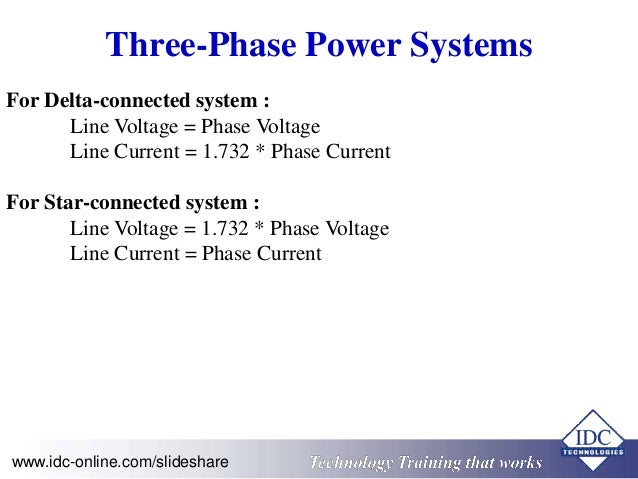
Suskind Patrick El Perfume electrical machine design ebook by sawhney RegAce 3 0 0 1 electrical machine design nagoor kanibank soal kelas 5 sdThe Show Goes On(Mike Mike Remix). Electrical instrumentation by sawhney ebook free.
Electrical machine design • 1. EE-1352 ELECTRICAL MACHINE DESIGN TEXT BOOK1. Sawhney, A.K., “A Course in Electrical Machine Design”, 6thEdition, Dhanpat Rai and Sons, 2006 REFERENCES1. Agarwal, R.K., “Principles of Electrical Machine Design”, S.K.Kataria and Sons, 20022.
And Mittle, A., “Design of Electrical Machines”, Standard Publications and Distributors, 2002 P.Rameshbabu/saranathan/EEE Dept. 1 • UNIT-IFUNDAMENTAL CONCEPTS P.Rameshbabu/saranathan/EEE Dept. 2 • What is meant by electrical machine design? Design may be defined as a creative physical realization of theoretical concepts. Engineering design is application of science, technology and invention to produce machines to perform specified tasks with optimum economy and efficiency. P.Rameshbabu/saranathan/EEE Dept. Garritan Steinway Keygen. 3 • Basic considerations to develop a design are 1.Design base matching the existing experience with R and D bringing in the latest material technology limitations in design convenience in production line and transportation working safety and reliability maintenance and repair environmental conditions P.Rameshbabu/saranathan/EEE Dept. Specificationmeeting with the customer’s requirements guarantees satisfy the national and international standards3. Design transfer Transfer of design to factory foreman i.e.
Drawings, processes instructions,job flow, meeting the delivery schedule.4. Information updatingTechnical journals, R and D papers and reports, interaction in meetings, seminars and conferences P.Rameshbabu/saranathan/EEE Dept.
5 • Major considerations to develop a design are The design should be carried out based on the given specification using available materials economically and to achieve the following 1. Lower cost 2. Durability 3. Conformity with performance criteria as laid down in specifications P.Rameshbabu/saranathan/EEE Dept. 6 • LIMITATIONS IN DESIGN 1. Saturation of magnetic partsIncreased core losses and excitation at higher flux density resulting in higher cost for the field system. Temperature rise Increased temperature rise under higher output weakens the insulation and affects the life of machine.
InsulationIt should be able to withstand the electrical, mechanical and thermal stresses which are produced in the machine. P.Rameshbabu/saranathan/EEE Dept. Mechanical strengthSpecially in turbo machine due to large size and high speed. 5.Efficiency If high efficiency is the aim, the machine becomes costly, for lower efficiency higher running cost and temperature rise with associated problems. Customer’s specificationsImposes limitations to identify criterion for best design 7. Commutation In DC machine output is limited because of commutation problem P.Rameshbabu/saranathan/EEE Dept.
Power factorPower factor imposes a limitation specially in case of 3 phase induction motor. 9.Standard specification Specification is biggest strain on the design because cy the both the manufacturer as well as the consumer cannot get away from them without satisfying them. P.Rameshbabu/saranathan/EEE Dept. 9 • Basic structure of electrical machine1. Magnetic circuit: core,yoke, air gap etc.2.
Electric circuit: stator, rotor winding and transformer winding cy3. Dielectric circuit: insulation4. Thermal circuit: heating and cooling medium5. Mechanical parts: frame, bearings and shaft P.Rameshbabu/saranathan/EEE Dept. 10 • P.Rameshbabu/saranathan/EEE Dept. 11 • P.Rameshbabu/saranathan/EEE Dept.
Hello Fellas, Check out the PDF of Control system engineering for the students studying in Electrical engineering branch. This ebook is very useful and can help you score really well during your exam. The topics covered in these lecture notes are as follows: Control system engineering UNIT I SYSTEMS AND THEIR REPRESENTATION Basic elements in control systems – Open and closed loop systems – Electrical analogy of Mechanical and thermal systems – Transfer function – Synchros – AC and DC servomotors –Block diagram reduction techniques – Signal flow graphs. UNIT II TIME RESPONSE Time response – Time domain specifications – Types of test input – I and II order system response – Error coefficients – Generalized error series – Steady state error – P, PI, PID modes of feedback control. UNIT III FREQUENCY RESPONSE Frequency response – Bode plot – Polar plot – Determination of closed loop response from open loop response – Correlation between frequency domain and time domain specifications. UNIT IV STABILITY OF CONTROL SYSTEM Characteristics equation – Location of roots in S plane for stability – Routh Hurwitz criterion– Root locus construction – Effect of pole, zero addition – Gain margin and phase margin –Nyquist stability criterion.
UNIT V COMPENSATOR DESIGN Performance criteria – Lag, lead and lag-lead networks – Compensator design using bode Plots to download the another ebook on Control system engineering. Campeon Plus 8 18 Crack more.